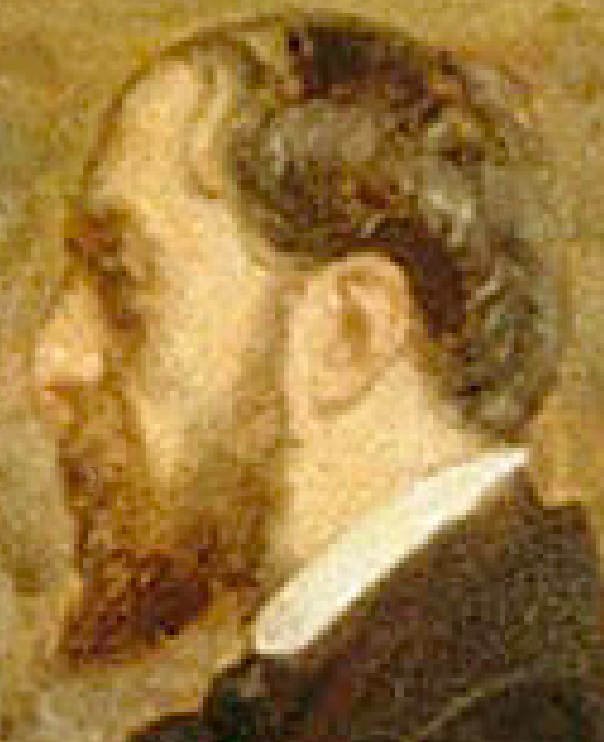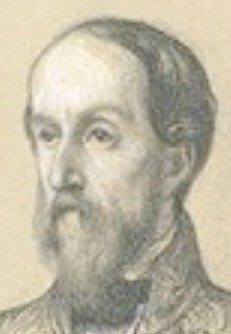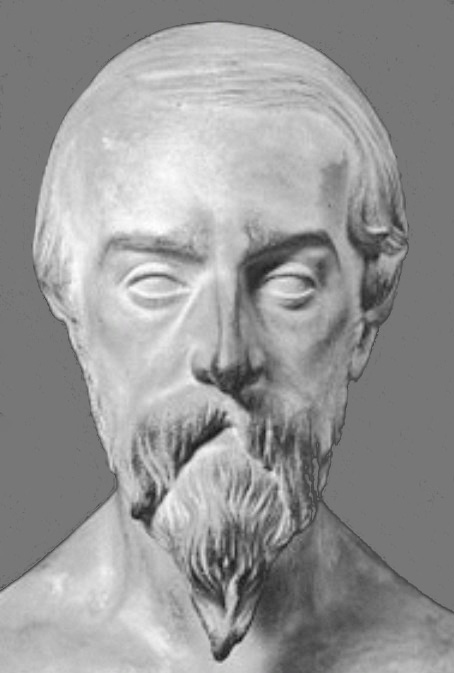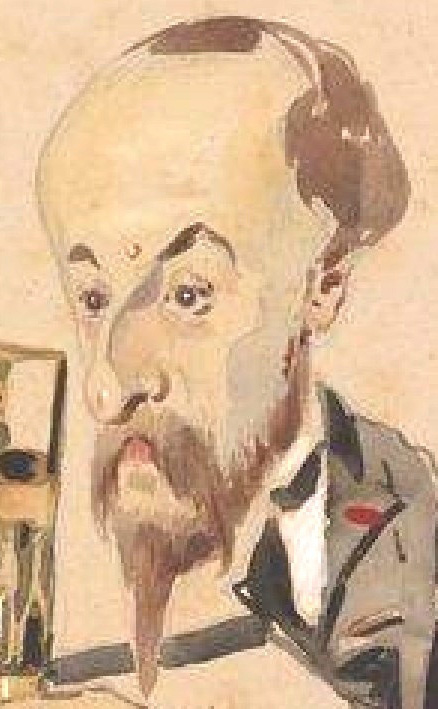Henri Adrien Prévost de Longpérier (1816–1882), archaeologist, Louvre conservator
1st image: Soirée; 2nd: by Heim (1857); 3rd: bust by de Nieuwerkerke (1851); 4th: caricature by Eugène Giraud drawn in 1852 at Nieuwerkerke's soirée.
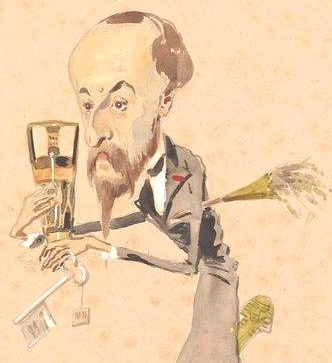
and an ancient treasure
Adrien de Longpérier was one of the Louvre’s most accomplished conservators. From December 1852 onward, he attended multiple vendredi-soirées, mingling with artists and the Parisian elite to promote the Louvre and the annual Salons.
Raised with private tutors, Longpérier was fluent in Hebrew, Arabic, and Persian, in addition to Greek and Latin —he must have had a terrible youth, but it formed an ideal foundation for his career as an archaeologist and orientalist within the Louvre’s medallion department.
Following the death of Count de Clarac in 1847, Longpérier was entrusted with the Louvre’s Egyptian and Oriental Arts division. He developed close friendships with de Nieuwerkerke16, and fellow conservator (and amateur archeologist) de Saulcy69.
In 1850, de Nieuwerkerke supported his acquisition of a vast collection of Mexican art, expanding the museum’s holdings.
He also arranged for Longpérier to live in an apartment inside the Louvre, near his beloved antiques —a space where Longpérier often enjoyed playing games, solving puzzles, and exchanging practical jokes with caricaturist Eugène Giraud11. De Nieuwerkerke sculpted several busts of Longpérier in the early 1850s.
Longpérier excelled in archaeology and numismatics but was less involved in procurement. According to conservator de Chennevières20, he had a sharp temperament and manipulative tendencies:
"He spoiled the admirable gifts he possessed by the most absolute lack, and how shall I put it?—the most natural frankness and sincerity. His words, constantly mocking and elusive, made it impossible to take them seriously. The braggart played everyone for the pure pleasure of Machiavellian swindling."
In the mid-1860s, after several acquisitions of counterfeit artworks and repeated disregard for the museum’s administrative hierarchy, Longpérier’s relationship with de Nieuwerkerke began to decline. A final quarrel in 1869 led to his leave of absence on health grounds. He was formally dismissed in February 1870.
Many notable figures attended his funeral in 1882, including Alexandre Dumas, painters Jean-Léon Gérôme and Henri Lehmann, and engraver Henriquel-Dupont51. De Nieuwerkerke was absent, having retired to Lucca, Italy, in 1872.
